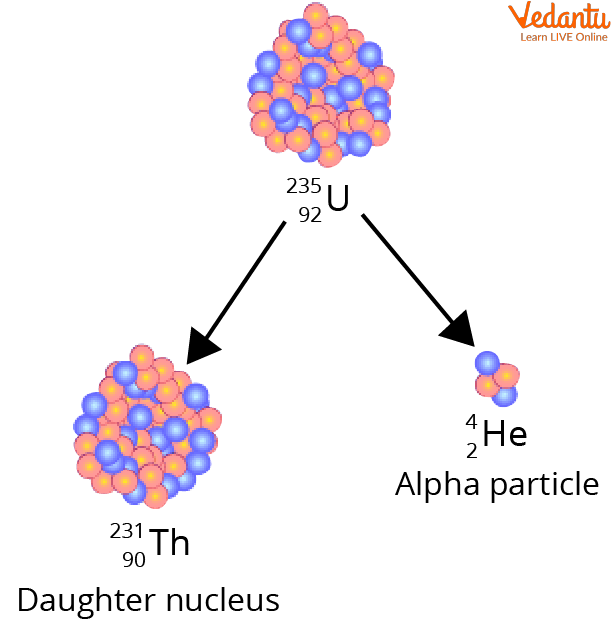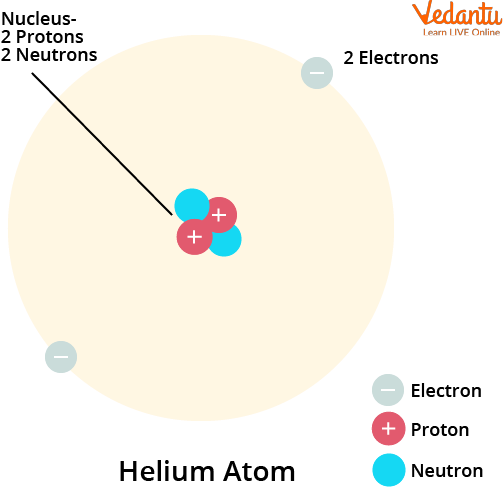




Introduction
Do you remember the last time you had one of those super light balloons stuck to the roof? Ever wondered what made the balloon so magical? Or if you are into celebrity interviews these days, you might have noticed these celebrities inhaling from a balloon to sound like a chipmunk! If you are wondering what is common between all of the things mentioned above, it is helium. Let us get to know this new chemical friend to see things around us with a better understanding.

Helium Balloons
What is Helium?
Helium is the lightest gas known to man (well technically, lightest after hydrogen). It is known to be a part of this family called the ‘Noble gases’ due to their ‘noble’ property to stay calm and unreactive during chemical reactions. It is not very easily found on our planet, but guess what? The super giant sun is a boiling magma of Helium (We’ll jump into the details of that in a short while). In other words, not widely available on earth but is present in abundant quantities in the universe.
Who Found Helium?
Helium has an interesting story of discovery. Mr. Pierre Janssen (A French astronomer, see astronomer contributing towards chemistry!) and Norman Lockyer (An English Scientist and astronomer) decided to turn their telescopes towards the sun on the day of the solar eclipse. In doing so, they observed a peculiar bright-yellow line among the spectrum (a band of colours, basically) produced by the sun.
Now that the observation was done, they had to think about it as this specific line matched nothing of what they have ever come across (this was back in 1868), so Mr. Norman finally concluded that the phenomenon was due to a new element whose existence on earth was still unknown but found in the sun. The best part of the story is the name of the element. “Helium” is derived from the ancient Greek word “Helios” meaning sun referring to its presence in the sun.

Norman Lockyer

Pierre Janssen
Where is Helium Found?
Following the discovery in 1868, we’ve come a long way in terms of using this element for our betterment in various aspects. Our dependency on this helium has tremendously increased. To meet these needs, how is this element obtained? A few sources of helium are listed below:
From the upper atmosphere of earth where it is present due to its light-weight. It is rarely found on earth as it easily escapes into our space (just like the balloon we earlier mentioned!)
The decay of heavy elements (Uranium) produces alpha particles. Alpha particles are Helium nuclei with a positive charge.
Extraction from natural gases (gases that catch fire easily and are hence used as fuels) called fractional distillation (the mixture of gas is boiled and separated over various temperatures.)
Natural helium gas deposits constantly release helium gas.

Alpha Decay of Uranium to Produce Helium
What are the Properties of Helium?
Starting from the very basics, Helium is denoted by the chemical symbol He.
It consists of a single atom (known as monatomic).
It is odourless, colourless, and tasteless gas.
It has low weight (lighter than air).
Very unreactive but reacts with other elements when made to react under drastic conditions.
It is very stable and highly insoluble.
Produces a cooling effect with hydrogen due to concentration difference.

Monatomic Helium
What are the Uses of Helium?
Despite its limited sources, helium is extensively used by various industries as fuel, as a chemical medium, as a source of transport, and so on. A short list of its uses is given below:
As a source of transport due to its light-weight and non-inflammable property (it does not catch fire if it comes in contact with a flame).
Producing a cool environment for superconducting magnets used for MRI scans.
Used in Cryogenics (Preserving substances by freezing them under extremely low temperatures).
As a constituent in welding flame.

Uses of Helium in MRI and Cryogenics
Summary
Helium is the lightest gas known to man after hydrogen. Known as the ‘noble gas’ due to its unreactive nature it does not form compounds with other elements under normal conditions. Properties of helium are: it is a monatomic, tasteless, colourless, odourless gas having low solubility in water. Often obtained from the upper atmosphere due to its lightweight and density, Helium denoted as He is a gas of commercial importance. It is used in cryogenics, as fuel, in MRI scans and also to provide an unreactive reaction medium in the laboratory.
FAQs on Helium
1. Why is helium beneficial for deep-sea divers?
Deep sea divers suffer from a painful condition called ‘decompression sickness’. It is a condition where gases like oxygen and nitrogen get dissolved in their blood. These gases get bubbled in the blood as these divers come up to the surface immediately due to a sudden reduction in pressure rather than the slow release of these gases. Helium helps reduce oxygen and helium dissolution in blood. Thus, as there is a sudden change in pressure when coming back to the surface, gases do not bubble causing this sickness.
2. Why is helium not so common on earth’s surface?
Helium is a very lightweight gas due to which it cannot remain close to the earth’s surface. However, they are present in the upper atmosphere due to low density easily escaping into space. They are neither found in combination with other elements as compounds due to their low reactivity with most of the elements that are found as ores on the earth’s surface. Thus, they have to be produced by special processes for human usage.









